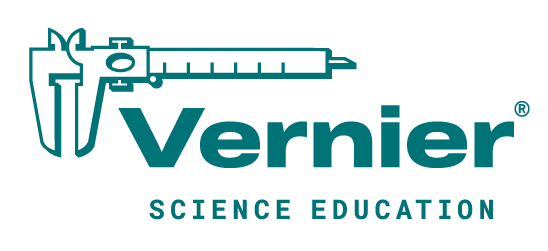If you want to build your own sensors, connect Vernier sensors to your own interface or build your own cables, extensions, interfaces, or adapters. Here is how to get all the connectors and sockets we use.
We chose these connectors because they click into place and students know when the sensors are connected. The BT (British Telecom) connectors are quite common in the UK, but they can be hard to find in other countries, especially in small quantities.
Connectors
1. Options for obtaining a male analog (BTA) connector for use with LabPro, LabQuest (all versions), Go!Link, EasyLink, or CBL 2 or analog output on LabPro include
Analog BTA Cable (
Breadboard Cable (Analog) (
2. Options for obtaining a male digital (BTD) connector for use with digital input or output on LabPro, LabQuest (all versions), or CBL 2 include
Digital BTD Cable (
Digital Sensor Cable (
Sockets
1. Options for obtaining a female analog (BTA) socket include
Analog Protoboard Adapter (
BTA to DIN Adapter (
2. Options for obtaining a female digital (BTD) socket include
Digital Protoboard Adapter (
Digital Extension Cable (
Connector and Socket
Our analog and digital extension cables have a male connector on one end and a female socket on the other. Cut these cables in half to obtain a connector and socket, each with bare wires for connecting into a circuit. These cables are slightly more expensive because they are 2 meters long.
Analog Extension Cable (
Digital Extension Cable (
For more information on designing custom sensors, refer to the CBL and LabPro Technical Reference Manuals.
Pinouts for Vernier cables are at https://www.vernier.com/til/5457
